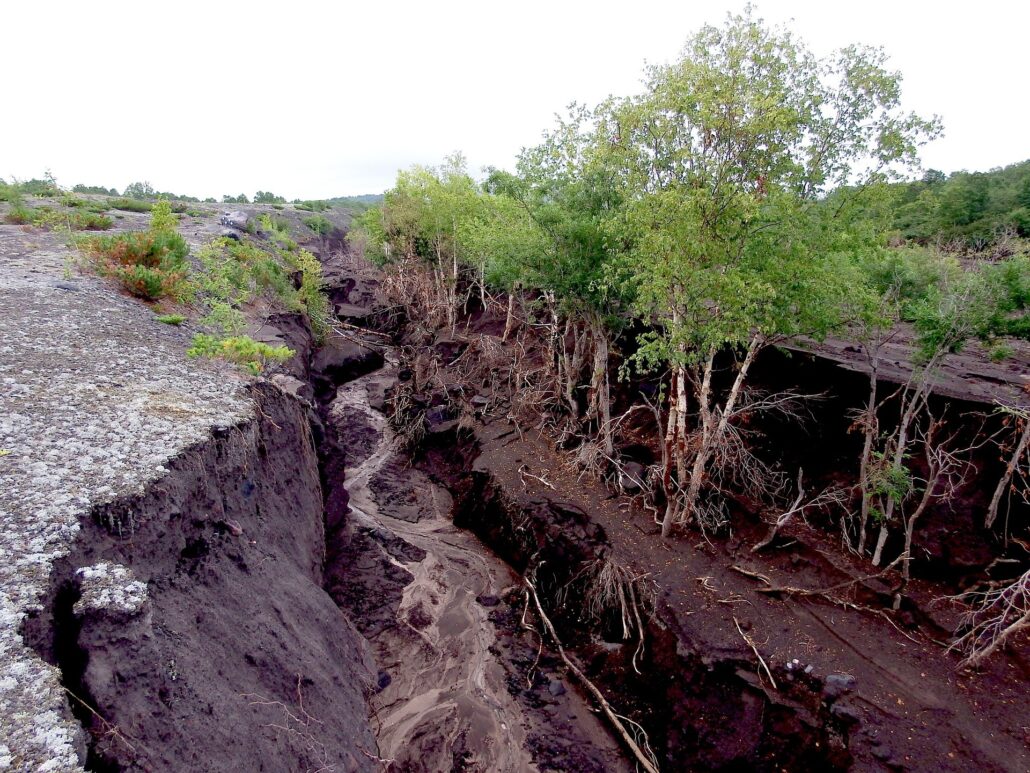 https://greenmarked.it/wp-content/uploads/2023/11/photo_2023-11-02_16-27-06.jpg
853
1280
Etienne Hoekstra
https://greenmarked.it/wp-content/uploads/2022/01/LOGO-GREENMARKED-SITO-600x600.png
Etienne Hoekstra2023-11-02 22:41:252024-05-16 10:22:27Dutch Cities to Hit 50 Degrees?
https://greenmarked.it/wp-content/uploads/2023/11/photo_2023-11-02_16-27-06.jpg
853
1280
Etienne Hoekstra
https://greenmarked.it/wp-content/uploads/2022/01/LOGO-GREENMARKED-SITO-600x600.png
Etienne Hoekstra2023-11-02 22:41:252024-05-16 10:22:27Dutch Cities to Hit 50 Degrees?September 29, 2022

Heavy rains, storms, drought, and natural disasters seem to have become topics of everyday conversation in 2022. Because of their tremendous force and the socioeconomic damage they cause, it is impossible not to be shocked by similar tragedies. Unfortunately, there is still too much pointless chattering about them. We bounce faults to each other, claim that these occurrences are tragedies out of common, and we do not discuss enough about prevention measures and solutions.
2022’s boiling and arid summer, wildfires in Southern Europe, floods in Pakistan, Canada, and Italy, and the Fiona ex-hurricane in Greenland are all events related to the same source: the climate crisis [1].
Accepting that events like these will happen more frequently than in the past [2] is the first step to safeguarding anthropic and natural ecosystems. Then, awareness and prevention measures must be adopted to reduce the natural risk.
Global guidelines to face natural disasters do exist. In 2015 the United Nations Office for Disaster Risk Reduction promoted the Sendai Framework outlining a series of targets to carry out an efficient risk assessment, prevention, mitigation, preparedness and response [3].
Awareness is crucial. Communities must have knowledge of natural disasters. The Sendai framework encourages the use of platforms to share data and risk-information maps at local and national levels to raise people’s awareness [3]. Being prepared for extreme events facilitates the success of disaster risk reduction strategies as well as rapid humanitarian aid responses if needed [4].
Moreover, the higher the environmental consciousness of a population, the more interest governments have in inserting the environment into proposals, policies, and laws aimed to face the climate crisis, thus creating a virtuous cycle, according to the International Energy Agency [5].
Data and risk-information maps allow the assessment of the need for prevention measures. Prevention is essential to enhance the health and the socioeconomic and cultural resilience of communities, as well as the environment [3]. It aims to keep the risk as low as possible. Prevention measures are highly time-dependent and site-specific.
There is no prevention measure covering all the climate-related hazards at the same time, if the green transition is not accelerated and nature-inclusive resilient societies are not created. Indeed, nature plays a key role in regulating natural risks. Flood risk along rivers, for instance, can be reduced by restoring the natural course of rivers and natural habitats in flood plains. Also, cities can be cooled during summer heatwaves thanks to parks and green areas.
However, relying on nature alone may not be enough. An overall increase in climate resilience requires a wide range of actions to reduce human-induced greenhouse gas emissions drastically and a second wide range of actions to move to a real sustainable development. Solutions must be deployed in the right places and with the right site-specific approaches to evaluate potential benefits and avoid harm [2].
It was a long time ago that scientists started to make people aware of the effect of the future climate crisis, with models and hypotheses at the beginning, and evidence later. The first work group of the IPCC stated that global warming would have hit with an increase in hot-temperature occurrences characterized by a longer duration, and higher maximum and average temperature peaks [6].
2022 has definitely shown that the future they predicted has come. Now it is time to act, not for climate, but for us, citizens of a globalized human society living in an ecosystem in transition: the Earth’s surface.
Related articles:
References:
[1] Observing the Earth. (n.d.). Retrieved September 27, 2022, from https://www.esa.int/Applications/Observing_the_Earth
[2] IPCC, 2022: Climate Change 2022: Impacts, Adaptation, and Vulnerability. Contribution of Working Group II to the Sixth Assessment Report of the Intergovernmental Panel on Climate Change [H.-O. Pörtner, D.C. Roberts, M. Tignor, E.S. Poloczanska, K. Mintenbeck, A. Alegría, M. Craig, S. Langsdorf, S. Löschke, V. Möller, A. Okem, B. Rama (eds.)]. Cambridge University Press. In Press https://www.ipcc.ch/report/ar6/wg2/downloads/report/IPCC_AR6_WGII_SummaryForPolicymakers.pdf
[3] United Nations General Assembly (UNGA) Res 69/283 (03 June 2015) UN Doc A/RES/69/283 https://www.preventionweb.net/files/resolutions/N1516716.pdf
[4] Disaster preparedness. (n.d.). European Civil Protection and Humanitarian Aid Operations. Retrieved September 27, 2022, from https://civil-protection-humanitarian-aid.ec.europa.eu/what/humanitarian-aid/disaster-preparedness_en#downloads
[5] IEA (2021), Net Zero by 2050, IEA, Paris https://www.iea.org/reports/net-zero-by-2050
[6] Joos, F., Prentice, I. C., Sitch, S., Meyer, R., Hooss, G., Plattner, G. K., … & Hasselmann, K. (2001). Global warming feedbacks on terrestrial carbon uptake under the Intergovernmental Panel on Climate Change (IPCC) emission scenarios. Global Biogeochemical Cycles, 15(4), 891-907. https://www.ipcc.ch/site/assets/uploads/2018/03/TAR-02.pdf
Cover- and preview image: Birch trees impacted by a landslide. Free-source photo by Natalia_Kollegova on Pixabay.










